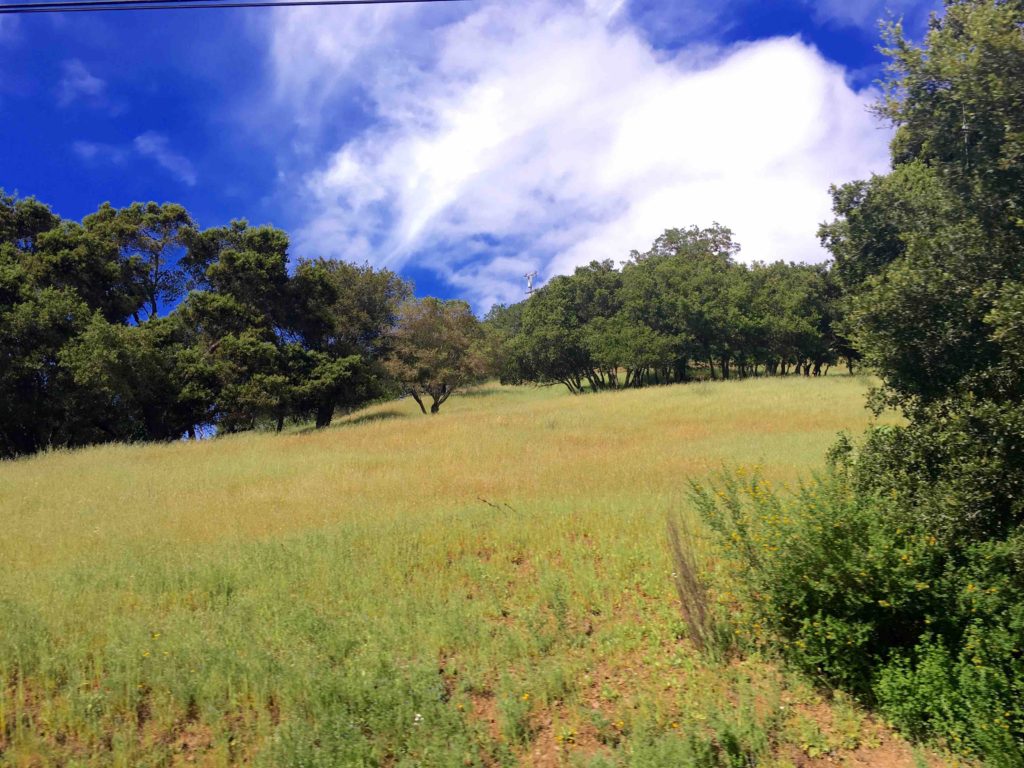



And this morning it’s Singularity University, out in Mountain View, specifically at Moffett Field. We have to pass armed guards to get into the Ames Research Centre, where SU is based, within spitting distance of Google’s expanding headquarters. Knew that SU had recently become a B Corp, but nice sense of sorority as we pass the (new) sign in their reception area.
A great session with Nick Haan, on many different aspects of Singularity University agenda and activities – exploring the degree to which there is overlap between their 11 Global Grand Challenges and the UN’s 17 Sustainable Development Goals. Answer: though not an exact fit, they are highly aligned. And the spirit of SU is exactly what is needed to bridge the gap between where we are on the SDGs and where we need to be by 2030.
Delighted to take a way a printed copy (I am unreconstructed) of their Impact Report,which I had only seen online to date.
Then back to Palo Alto, past Hangar One – a skeletal monument to an earlier round of grand visions. In its heyday, this was used to house the naval airship, Macon. So big that, back in the day, fog would form under its ceiling. In recent years, it has been the preserve of NASA, which has been struggling with some of the materials used to build the original structure, including asbestos and PCBs.
Later in the day, we meet Stefan Heck of Nauto and, up in the hills, a,on the lemon trees Thomas Odenwald – formerly with SAP. Targeted at the insurance industry, NAUTO aims to be a “Google for the outdoors.” Its connected camera network and artificial intelligence-driven smart cloud is designed to help prevent accidents before they happen, reducing false liability claims and providing coaching to improve driver performance.
Intriguingly, Stefan’s book Resource Revolution speaks of a Third Industrial Revolution, in contrast to Klaus Schwab’s ‘Fourth Industrial Revolution’ and my own preference for the ‘Sixth Wave’ advocated by Carlota Perez. A fascinating conversation about a broad spectrum of emerging technologies, their benefits, and their unintended externalities (both positive and negative). Stefan spoke of “bimodal impacts,” justifying both “utopian and dystopian” views of the future.
Then up into the hills to see Thomas Odenwald, among other things of Fronesys, who twice led SAP’s green IT activities, working on the ‘Boardroom of the Future.’ We discussed the perils of the early adopter. Developing a suite of sustainability-oriented software tools, Odenwald and SAP thought that it would be a case of “build it and they will come.” But, he said, they didn’t come. At least not yet.
Fascinating to hear how he is working on a project to bring similar technology to bear on problems like elephant poaching in Africa.
Then back into San Francisco to meet Morgan Clendaniel, Editor of Fast Company‘s Co-Exist platform, meeting up in the restaurant that Joel Makower had suggested on our first evening in town – which seems light years ago. He had been suggested as a contact by Fast Company‘s UK Editor, Bob Safian. Great suggestion, great conversation.



Leave a Reply